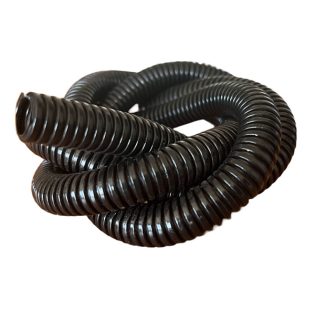Extrusion profiles from leading plastic extruders have been the cornerstone of plastic production in Australia due to their ability to provide high-quality products with a continuous cross-section. Due to its adaptability, the introduction of plastic material has been crucial to maintaining high productivity as the industrial sector has expanded internationally. Extrusion profiles produced by reputable manufacturers are used in the mining and construction sectors for a variety of equipment applications.
For the installation of electrical lines in a variety of residential, commercial, and industrial structures, LSZH rigid conduit pipe is generally regarded as the industry standard. Depending on the needs of the industry, extrusion profiles are made from a variety of plastics or polymers, including HDPE, polystyrene, polypropylene, etc. The raw material must be formed into the proper shape by passing it through a machine under extreme pressure in order to produce these profiles. Furthermore, leading manufacturers were able to use a process known as co-extrusion to blend two different materials.

List of Plastic Products Produced Using Various Methods
Corrugated Tubing: These tubes may be used for wiring and other purposes because of their parallel ridges and strength, and flexibility. Because of their modest volume and superior safety features, these tubes can occasionally even outperform PVC.
Co-Extrusion Profiles: This allows the brand to use materials that are often better by using two different polymers. Spiral wraps, which are made of plastic, are the best wraps for protecting the contents from different weather conditions. The material may even protect the items stored within from UV radiation.
Solar conduits are the materials that are used to protect the electrical cables that are placed near the solar panels. These cables are packaged in these containers because they provide protection from the sun's UV radiation.
Plastics are widely employed in electrical wire systems and other procedures across a wide range of industries. Contact leading manufacturing companies of these products if you want the best plastic product available or if you want to work with leading companies that provide custom product creation.
